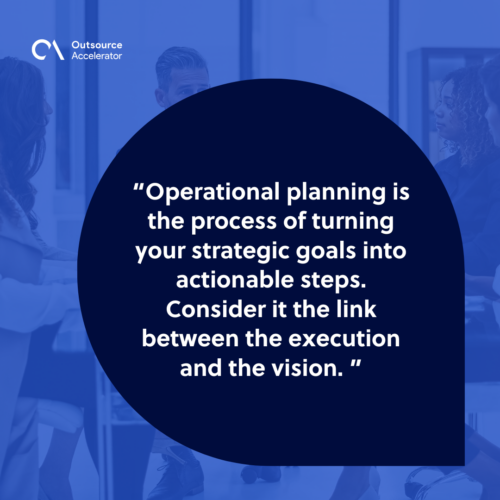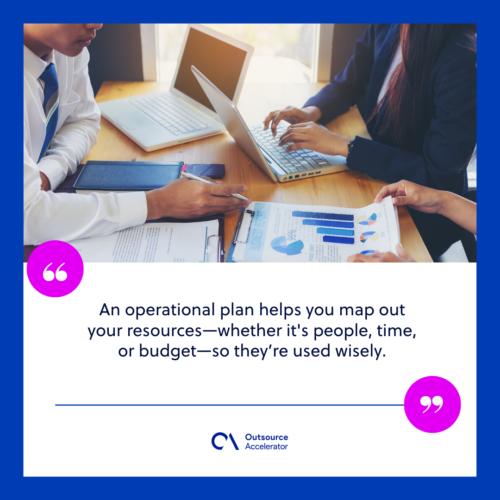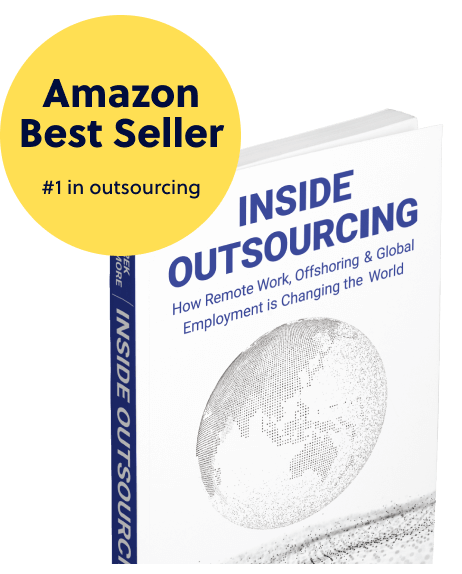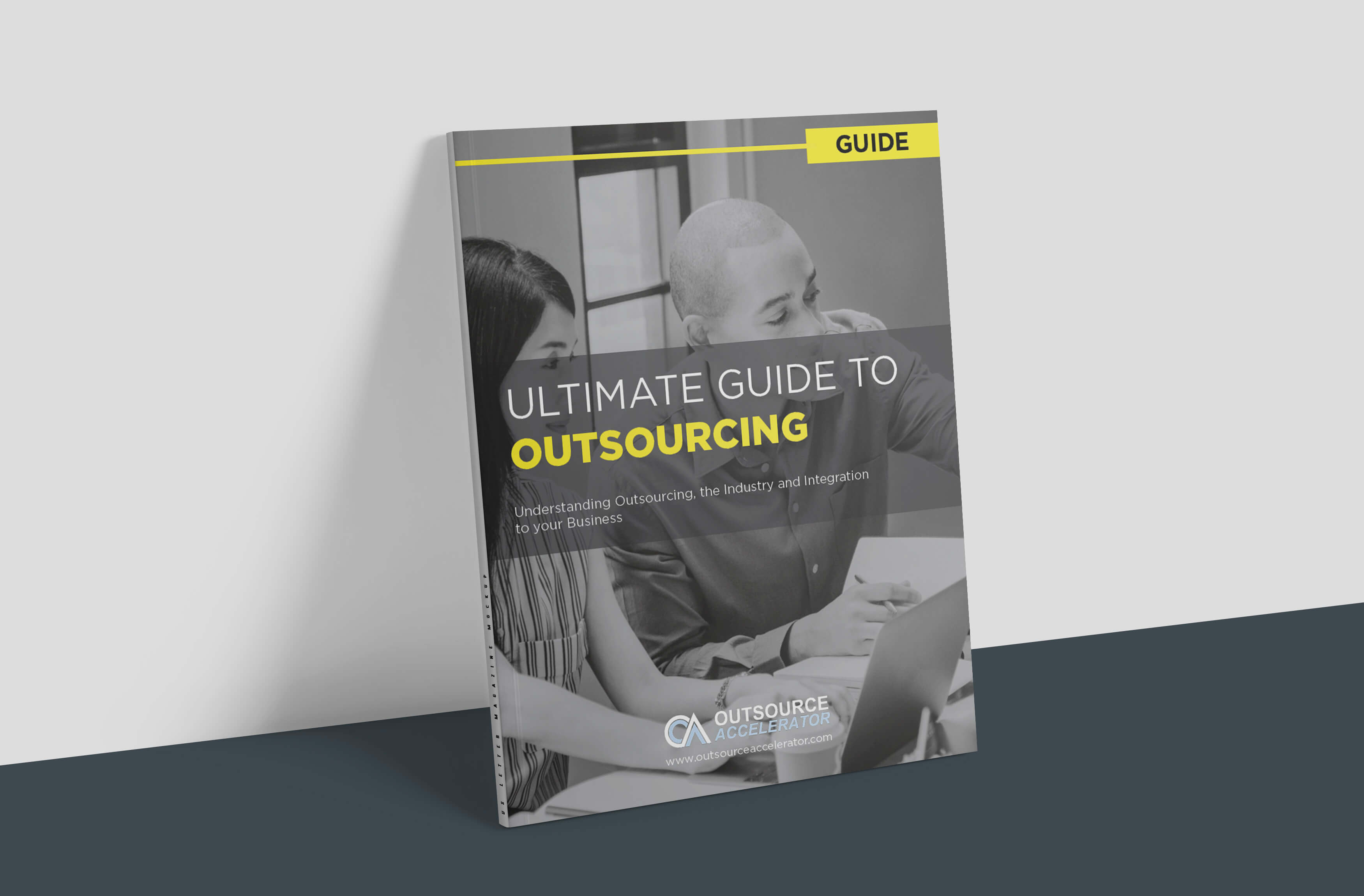Operational planning: Your guide to creating an operations plan

Operational planning is the unsung hero behind successful businesses. While strategy often gets the spotlight, the day-to-day execution, powered by a solid operational plan, keeps teams moving forward.
Without it, even the best strategies can stall.
A clear operational plan brings structure to your vision, gives your team direction, and turns big-picture goals into practical actions.
In this guide, we’ll explore what operational planning is, how it differs from other types of planning, and how you can build an effective operational plan for your business.
What is operational planning?
Operational planning is the process of turning your strategic goals into actionable steps. Consider it the link between the execution and the vision.
An operational plan defines what needs to be done, who’s responsible, when it should be completed, and how success will be measured.
It typically covers a short-term timeframe (usually one fiscal year) and focuses on specific departments, teams, or projects.

Further, an operational plan includes:
- Key activities and initiatives
- Timelines and deadlines
- Resource allocation
- Team roles and responsibilities
- Performance indicators
Without an established operational plan, even the most brilliant business strategy can fall flat.
Operational planning vs Strategic planning vs Tactical planning
Some may think that strategic, tactical, and operational planning are just corporate buzzwords.
But in reality, these planning types are essential to helping businesses stay aligned, focused, and on track to achieve their goals.
To make the differences easier to understand, here’s a quick comparison based on timeframe, focus, and organizational level:
| Planning Type | Timeframe | Focus | Level |
| Strategic Planning | 3–5 years | Vision, mission, long-term goals | Company-wide |
| Tactical Planning | 1–3 years | Departmental goals, resource allocation | Mid-level |
| Operational Planning | 1 year or less | Day-to-day tasks and project execution | Team-level |
Here’s a quick analogy: Strategic planning is about choosing your destination. Tactical planning is selecting your route. And operational planning is getting in the car and driving to your destination.
Each layer supports the others. Strategic goals guide tactical plans, which in turn guide operational actions. When all three are aligned, your organization is set up for success from the top down.
What are the steps to build an operational plan?
Building an operational plan isn’t just about jotting down a to-do list. It’s about laying out a clear, detailed roadmap that your team can follow with confidence.
One small mistake or oversight can create bottlenecks, miscommunication, or missed goals, so it’s so worth getting right.
The good news? It’s not as complicated as it sounds. Here are six essential steps to guide you through the process:
Step 1: Start with strategic goals
Every great operational plan begins with the bigger picture.
What are your company’s strategic goals for the year? Your operational plan should be designed to support those goals, translating them into concrete actions. Think of it as reverse-engineering your vision.
Step 2: Define key activities
Now that you know what to start and where you’re headed, map out what needs to be done to get there. This could include specific projects, campaigns, deliverables, or internal improvements.
Be as specific as possible. For example, listing “Improve customer experience” is okay, but providing more detailed goals like “Launch a new support chatbot by Q2” is much clearer and easier to act on.
Step 3: Assign roles and responsibilities
This step is crucial. Who’s doing what? Make sure to assign clear ownership for each task or project.
When roles are ambiguous, things slip through the cracks or get duplicated. When responsibilities are clear, everyone knows what’s expected—and who to talk to if something needs adjusting.
Step 4: Set deadlines and milestones
Once tasks are mapped out and assigned, it’s time to get everything on the calendar. Break projects into smaller milestones and set realistic deadlines.
Tools like Gantt charts or timeline views in platforms like monday.com make it easier to visualize progress and spot potential bottlenecks.
Step 5: Allocate resources
Your team needs the right tools, budget, and support to do their jobs well. Ensure that each task or project has the resources it needs to move forward without delays. This includes everything from staffing to software to logistics.
Step 6: Track performance
Don’t just set it and forget it. Choose key performance indicators (KPIs) or metrics to track how well the plan is working.
Regular check-ins (can be done weekly, biweekly, or monthly) will help you spot issues early and adjust course if needed.
When all these steps come together, you end up with more than just a plan—you create a playbook for execution. One that helps your team stay focused, productive, and aligned with the bigger goals of the business.
5 Benefits of operational planning
When done right, operational planning brings clarity, structure, and momentum to your team’s everyday work.
Here are five reasons why operational planning matters more than ever:
1. Improved efficiency
Let’s face it: Miscommunication and confusion can slow down even the best teams.
With a solid operational plan in place, everyone knows exactly what needs to be done, by when, and by whom. That level of clarity helps reduce wasted time, duplicated efforts, and project delays.
2. Better resource management
An operational plan helps you map out your resources—whether it’s people, time, or budget—so they’re used wisely. You can spot gaps before they become issues, and reallocate support where it’s needed most.
This is especially important in growing organizations where resource strain is common. With a clear plan, teams stay productive without burning out or being stretched too thin.

3. Enhanced team alignment
When priorities are unclear, teams tend to pull in different directions. Operational planning keeps everyone on the same page by connecting daily tasks to bigger business goals.
It also encourages cross-team collaboration. When departments understand how their work contributes to overall success, it fosters a stronger sense of purpose and unity.
4. Agility and adaptability
Change is inevitable in today’s business environment. Market shifts, customer needs, and even internal priorities can evolve quickly. But if you’ve already laid out your goals and tasks, it’s much easier to pivot when necessary.
A well-structured operational plan acts like a flexible framework. It keeps you grounded while giving you room to adjust.
How monday.com simplifies operational planning
A great operational plan sets the foundation. But having the right tools to bring that plan to life can make all the difference.
From setting timelines to assigning tasks and tracking progress, technology plays a big role in simplifying day-to-day execution. Platforms designed for modern work management can help teams stay aligned, especially when things move quickly or involve multiple departments.
One such tool is monday.com, a flexible Work OS that helps teams create custom workflows, track key initiatives, and collaborate in real time. Its visual interface makes it easy to build and adjust operational plans, while automations take care of repetitive tasks like reminders, status updates, and more.
With everything in one place—timelines, ownership, resources—teams can stay focused on delivering results, not chasing information.
Whether you’re managing a single project or coordinating across departments, using a platform like monday.com can take the stress out of operational planning and help your team execute with confidence and clarity.







 Independent
Independent




